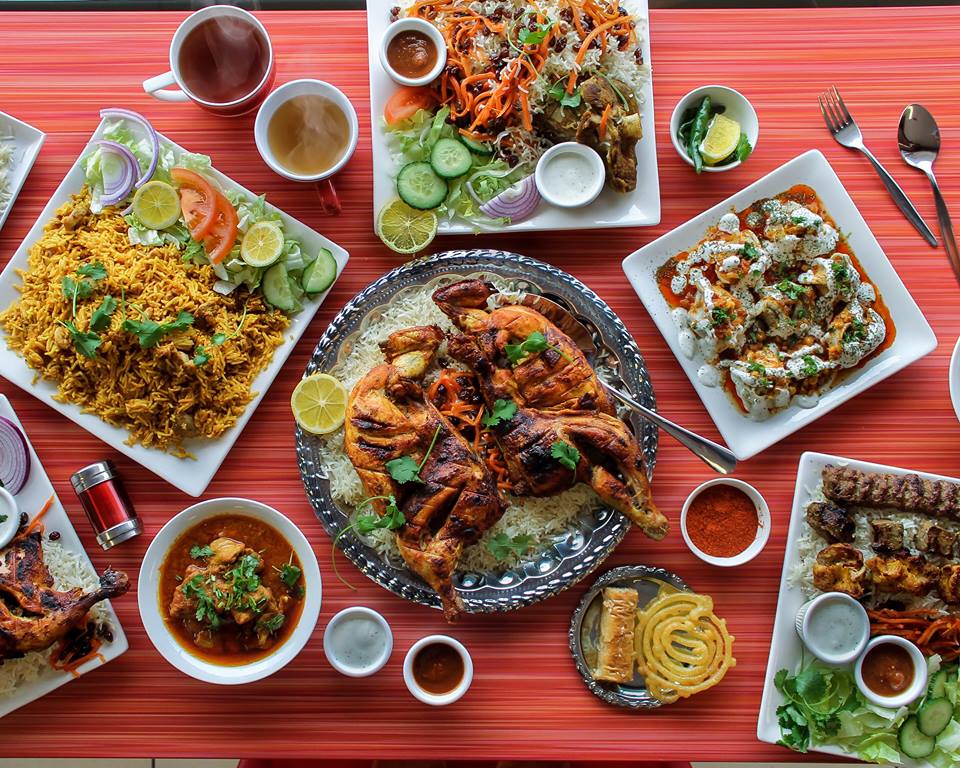Local Cuisine In Kabul: A Flavorful Journey Through Afghan Gastronomy
Share

Kabul, the vibrant capital of Afghanistan, is not only known for its rich history and stunning landscapes but also for its diverse and flavorful cuisine. The local food scene is a reflection of the country’s cultural heritage, influenced by various ethnic groups and historical trade routes. If you’re planning a visit to this fascinating city, indulging in its culinary offerings is an absolute must. This article will guide you through the essential dishes, dining experiences, and the best times to savor the local flavors.
The Heart of Afghan Cuisine

Afghan cuisine is characterized by its use of fresh ingredients, aromatic spices, and traditional cooking techniques. The meals often feature a combination of rice, meat, vegetables, and bread, showcasing the agricultural richness of the region. The most common ingredients include lamb, chicken, rice, lentils, and an array of spices such as cumin, coriander, and saffron.
Key Dishes to Try in Kabul
- Kabuli Pulao
- This is the national dish of Afghanistan, consisting of steamed rice mixed with raisins, carrots, and lamb. The dish is often garnished with almonds and is a staple at weddings and special occasions.

- Mantu
-
These are Afghan dumplings filled with minced meat and onions, topped with a yogurt sauce and a sprinkle of dried mint. Mantu is a popular appetizer and is often served during family gatherings.
-
Ashak
-
Similar to mantu, ashak are dumplings filled with leeks and served with a meat sauce and yogurt. This dish is particularly popular in the spring when leeks are in season.
-
Kofta
-
Afghan meatballs made from ground meat, spices, and herbs, kofta can be grilled or cooked in a rich tomato sauce. They are often served with rice or bread.
-
Qorma
- A slow-cooked stew made with meat and vegetables, qorma is typically served with rice. The dish varies by region, with each area adding its unique twist.
Traditional Afghan Bread
Bread is a fundamental part of Afghan meals, with Naan being the most common type. This flatbread is baked in a tandoor (clay oven) and is perfect for scooping up stews and curries. Another popular variety is Bolani, a stuffed flatbread filled with potatoes, lentils, or greens, often served as a snack or appetizer.
Dining Experiences in Kabul
When in Kabul, the dining experience is as important as the food itself. Here are some notable places to enjoy local cuisine:
1. Kabul Restaurant
Located in the heart of the city, Kabul Restaurant is famous for its authentic Afghan dishes and warm hospitality. The ambiance is cozy, making it a great spot for families and friends to gather.
2. Bamyan Restaurant
This restaurant offers a wide range of traditional dishes, including vegetarian options. The decor reflects Afghan culture, providing a unique dining atmosphere.
3. Kandahar Restaurant
Known for its delicious kabuli pulao and grilled meats, Kandahar Restaurant is a favorite among locals and tourists alike. The outdoor seating area is perfect for enjoying a meal while soaking in the city’s vibrant atmosphere.
Best Time to Visit Kabul for Culinary Delights
Kabul experiences a continental climate, with hot summers and cold winters. The best time to visit for food enthusiasts is during the spring (March to May) and autumn (September to November) months. During these seasons, the weather is mild, and local markets are brimming with fresh produce, making it ideal for enjoying outdoor dining experiences.
Weather Overview:
- Spring (March to May): Mild temperatures ranging from 15°C to 25°C (59°F to 77°F), perfect for exploring the city and its culinary offerings.
- Summer (June to August): Hot temperatures can reach up to 35°C (95°F), making it less comfortable for outdoor dining.
- Autumn (September to November): Similar to spring, with temperatures ranging from 10°C to 20°C (50°F to 68°F), ideal for food lovers.
- Winter (December to February): Cold temperatures can drop below freezing, limiting outdoor dining options.
Cultural Significance of Food in Kabul
Food in Kabul is more than just sustenance; it is a vital part of Afghan culture and hospitality. Sharing a meal is a way to connect with family and friends, and it often signifies respect and love. Traditional meals are usually served on a large platter, encouraging communal dining, which fosters a sense of togetherness.
Festivals and Food
Afghans celebrate various festivals throughout the year, and food plays a central role in these events. During Nowruz (Persian New Year), families prepare special dishes, including sweets and rice dishes, to celebrate the arrival of spring. Similarly, during Eid al-Fitr, lavish feasts are prepared to mark the end of Ramadan, showcasing the abundance of Afghan cuisine.
Conclusion: A Culinary Adventure Awaits
Kabul’s local cuisine offers a rich tapestry of flavors and traditions that reflect the heart and soul of Afghan culture. From the aromatic kabuli pulao to the delightful mantu, each dish tells a story of the land and its people. As you plan your visit to Kabul, make sure to immerse yourself in the local food scene, savoring every bite and creating unforgettable memories.
Whether you’re dining at a bustling restaurant or sharing a meal with locals, the culinary experiences in Kabul will surely leave a lasting impression. Don’t forget to book your accommodations and flights to ensure a smooth journey.
For your travel needs, check out these links for Hotels & Flights and Transfers. Enjoy your culinary adventure in Kabul!



